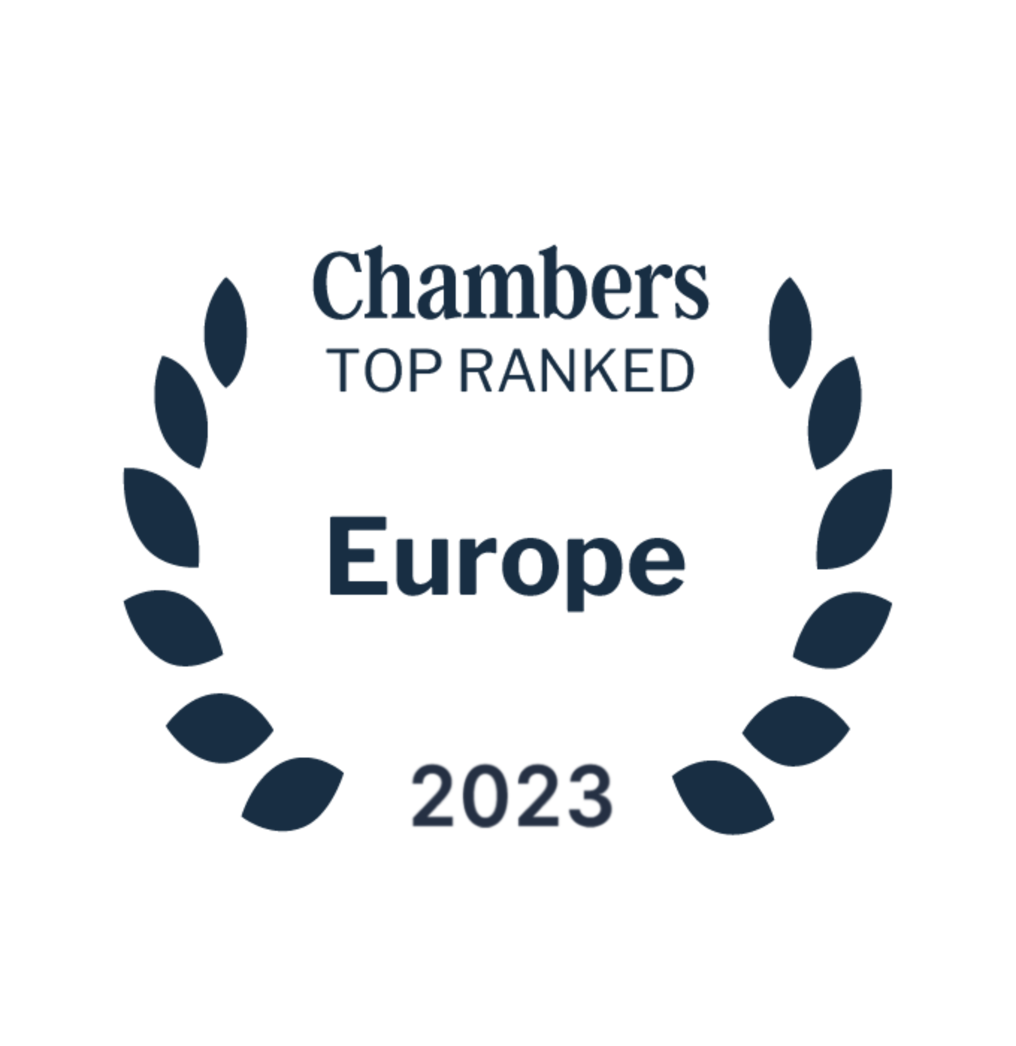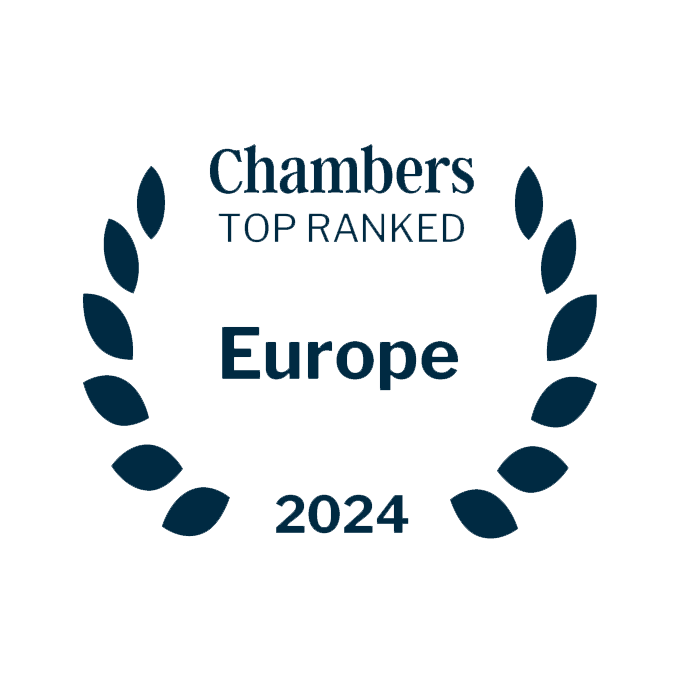Spanish tax situation of image rights
In this article we will analyze the current situation of the taxation of image rights from a strictly national point of view that is, linked to Spain, as well as the criteria that the State Tax Administration Agency is maintaining in the interpretation of the Tax regulations.
- IntroductionThere is no doubt that image rights have become a strategic asset for football clubs, for the ability to exploit it, generate value for the club brand, or spread their various variants through social networks for the purposes of commercial said right.All this is accentuated today by the global dimensions that have acquired the players in whose globalized environment the exploitation of image rights is magnified.The taxation of sportsmen and, in particular, the taxation of image rights has always been a theme that has generated, in addition to much controversy, doctrinal debate and judicial pronouncements, both nationally and internationally. Already in the eighties, and taking advantage of the patrimonial use that can be exercised over the image rights, they have been used and exploited by athletes through interposed companies in order to limit the responsibility through the use of companies, as well as in other cases, to reduce the progressivity of the Income Tax of Individuals.In this article we will analyze the current situation of the taxation of image rights from a strictly national point of view that is, linked to Spain, as well as the criteria that the State Tax Administration Agency is maintaining in the interpretation of the Tax regulations.
- Content of the right to the imageIn our legal system, the right to the image constitutes a personality right and finds its special legal protection under Article 18 of the Spanish Constitution1.We say that it enjoys special protection given that it is granted the rank of fundamental right together with the right to honor, personal and family privacy. This is what we know the personal part of the right to the image. This fundamental right finds its development in the Organic Law 1/1982, of May 5, of civil protection to the right to honor, to personal and family privacy and to the image itself2.Our Constitutional Court3 has defined the right to image as «a right of the personality derived from human dignity and aimed at protecting the moral dimension of people, which gives its holder a right to determine the graphic information generated by his physical features which may have a public dimension. The power conferred by this right, as a fundamental right, consists essentially in preventing the obtaining, reproduction or publication of the image itself by a third party, whatever the purpose – information, commercial, scientific, cultural, etc. – pursued by those who capture or disseminate it»4.Along with this aspect, the patrimonial or commercial part of the right to the image coexists and is the one that entitles the owner of the same to its exploitation or commercial diffusion, being necessary for this the consent of the owner5. That is, the patrimonial dimension implies the right holder’s right to give his own image, either for free or exploiting it for profit, which implies the prior consent of the owner and the effective transfer or license of the image of the owner headline.In short, and from a legal point of view, the right to the image retains a moral and personal aspect, against a patrimonial dimension that entitles its owner to its exploitation and assignment.As regards your tax treatment, as Carl Sagan said «you have to know the past to understand the present», so we will make a quick tour of the journey they have had in taxation of image rights in Spain.
- Background on the Taxation of Image RightsThe proliferation of image structures for the exploitation of image rights through societies (in some cases residing in countries with little or no taxation) implied the arrival of Law 13/1996 of 30 December on Fiscal, Administrative Measures and social order.The main reason for the inclusion of a specific tax regime on the taxation of image rights was none other than the limitation to the situations in which the sportsman introduced an interposed company that owns the image rights, with the sole aim of relocating this type of income through which it was intended to avoid the application of the progressive scale of the IRPF (personal income tax).The aforementioned law introduced the well-known rule of 85/15 (or imputation of image revenue), which only established a percentage of revenues attributable to the exploitation of the image through a company. That is, the rule allowed that, of the entire contract signed by the player, 15% would charge through a partnership. This limit had to be scrupulously respected, given that, in case of non-compliance, all the income paid to the company, directly to the athlete, would be charged. That is, if the percentage of income paid to the company was 16%, all income paid to the company would become part of the player’s income tax (and not only 1% exceeding 15%).Therefore, the requirements for application of the said imputation regime of image revenues would be the following:
- The sportsman, a tax resident in Spain7, assigns the right to the exploitation of his image to another person or entity resident or not in Spanish territory.
- The sportsman has to render his services in the scope of a labor relation to another person or entity resident or not in Spanish territory8.
- The person or entity with which the athlete maintains the employment relationship must have obtained the assignment of the right to exploit the image9.
- The income obtained by the company holding the image rights cannot exceed 15% of the total remuneration paid by the club.
- Limit the use of image societies.
- Introduce a limit to the location of image rights in companies of 15%.
- To penalize the excess of location of income of image in societies in cases in which it exceeds 15%.
- Tax systems in SpainIn general, we can say that in Spain there have been two tax regimes, (i) general regime and (ii) special regime or impatriate tax regime.
- General schemeThey are taxed under the general scheme, all taxpayers who are considered tax residents in Spain. For this purpose, it is considered contributor to that:
- That it remains more than 183 days, during the calendar year, in Spanish territory. To determine this period of stay in Spanish territory sporadic absences will be computed, unless the taxpayer proves his fiscal residence in another country. In the case of countries or territories considered as a tax haven, the Tax Administration may require proof of permanence in 183 days in the calendar year. In order to determine the period of permanence referred to in the previous paragraph, temporary stays in Spain that are a consequence of the obligations entered into in cultural or humanitarian collaboration agreements, free of charge, with the Spanish Public Administrations will not be computed.
- That in Spain lies the main core or the basis of its activities or economic interests, directly or indirectly. It shall be presumed, unless proof to the contrary, that the taxpayer has his habitual residence in Spanish territory when, in accordance with the above criteria, the spouse is legally not legally separated and the minor children who depend on it.
- Impatriate tax regimeLet’s go back to the past. Law 62/2003 on Fiscal, Administrative and Social Order introduced in the Spanish law the regime of impatriates with effect 1 January 2004.This special scheme sought to promote the arrival of qualified intellectual capital (especially linked to research activities And development) to our country by taxing its taxation and boosting the internationalization of our companies. How? Very easy. Those who were covered by this special scheme and who were tax residents in Spain determine their tax to be paid in accordance with the rules of non-residents (and not according to that of tax residents).The requirements for its application consist of:
- That the natural person in question has not been resident in Spain during the 10 years prior to his new transfer to Spanish territory.
- That the displacement to Spanish territory occurs as a result of an employment contract. This requirement shall be deemed to have been fulfilled when an employment, ordinary or special, or statutory relationship with an employer in Spain is initiated, or when the displacement is ordered by the employer and there is a letter of transfer from the employer, and the taxpayer does not obtain income that is Would qualify as obtained through a permanent establishment located in Spanish territory.
- That such work is effectively carried out in Spain. This requirement shall be deemed to have been met when the remuneration corresponding to work performed abroad does not exceed 15% of all work consideration received in each calendar year. This limit will be 30% when it comes to income derived from functions in another group company outside Spanish territory.
- That these works are carried out for a company or entity resident in Spain or for a permanent establishment located in Spain of a non-resident entity in Spanish territory.
- That the income from work deriving from said employment relationship is not exempt from taxation by the IRNR10 (spanish personal income tax for non-residents).
- General schemeThey are taxed under the general scheme, all taxpayers who are considered tax residents in Spain. For this purpose, it is considered contributor to that:
- Current situation of the taxation of image rightsOne of the issues that are provoking more controversy today is the fiscal situation of football players in relation to their image rights. The Tax Administration opened a few years ago a widespread campaign of inspections regarding athletes who obtained image rights through societies.This type of structures is being attacked by the Tax Administration considering that in the vast majority of cases we are faced with simulated cession business and companies without real economic activity. The conclusion of the Treasury is being ratified by the Courts concluding that the amounts paid to the companies were actually salary, also demanding penalties and interest for delay.As indicated previously, the rule 85/15 applicable to tax residents in Spain under the general tax regime, allows obtaining 15% of their salary package through a company with a series of requirements. However, this rule coexists for some time with the related-party transactions regime designed to assess at market prices and in accordance with the OECD Guidelines all transactions between related parties. Under the Corporate Income Tax Law, the shareholders with their company shall be considered as persons or related entities for the purposes of transfer pricing regulations.Consequently, the transfer of image rights by the player to his company should be made at market prices (arm length principle), that is, at the price that would have been agreed by independent persons or entities in conditions of free competition. To the extent that the player relinquishes his image rights to his company, he must repay the player.At this point, the Tax Administration is inquiring the market price agreed between the player and his company for this assignment. The valuation that the Inspection is using to determine the market price between related parties corresponds to the amount received by third parties (i.e., sponsors, boots brands, sports club …). That is, the Inspection considers that the player’s society must pay a market price to the player for the transfer of the image and this market price is none other than what the third party company has received with which it has signed image contracts.In addition, the Inspection is considering that:
- These companies are instrumental and constituted exclusively to avoid personal taxation.
- These companies do not develop economic activity and do not have sufficient substance as means.
- From a legal point of view, the rules and interpretation of our courts allow the commercial assignment and exploitation of the image rights.
- From the fiscal point of view, the rule of 85/15 allows the player to pay 15% of his total remuneration through a partnership.
- From the point of view of related transactions, the Inspection and Courts understand that the 15% obtained by the company holding the image rights must pay that amount to the player given that he must pay a consideration for the transfer of the image.
- Thoughts for upcomingWe believe that the initial measure to limit the remuneration for image rights to 15% was favorable and worked to avoid elusive practices of offshoring of income, at present it should be adapted to the reality through a regulation that provides legal security to the sector.The use of active companies, with means and that provide structure to the player should be allowed, provided that the player effectively disposes of an intangible asset for its exploitation. Nor does it make sense that the percentage of exploitation of image is the same without differentiating if we are before a player of first division or second division. And of course, the use of image rights should be weighted considering the team in which the player plays, as well as his position in the field (ie, usually does not have the same media impact as a defensive player or a striker).Therefore, we advocate a specific model, which values the personal circumstances of each one, which differentiates each case, which guarantees taxation and provides legal security to the market, the club and the player. We believe that the solution given by our Tribunals may be coherent and reasonable in single-member company schemes, but it is difficult to provide univocal solutions in cases of operating companies, with means, with a structure to develop economic activity. In these cases, we believe that the Inspection and Tribunals must make an effort to analyze the comparability of operating margins, review of benchmarkings, market prices in comparable situations, risk analysis, functions and responsibilities assumed by each party…In short, it cannot be limited to transferring the income of the company to the partner without a thorough examination of each case. Therefore, we believe in solutions that provide security to the market, in schemes agreed upon between the Professional Football League itself, the Royal Spanish Football Federation and the Tax Administration itself as it happens in other leagues such as the Premier League.The same problems we have with those taxpayers who are admitted to the impatriate regime. Those who pay only for the income obtained in Spain, does it make sense that they pay full premiums in contracts worldwide for the mere fact of filming in Spain? Would not it be more reasonable to make a split based on the media impact of advertising, sales percentages, individualized distribution of products … in order to specify the economic part of the contract that should be subject to taxation in Spain?When major brands sign sponsorship contracts with Spanish league players, are they only thinking about their use in Spain of that image? Or rather, Spain is an additional country, and its strategic market is American or Chinese?Once again we miss a deeper; more thorough analysis of each case, of a greater draft and that effectively makes tax in Spain those revenues that are linked to Spain. Currently there is abundant information regarding the media impact of each club in the world, sales figures, income paid for image, rents paid by sponsors for use of image, estimation of income and returns of clubs in sponsorship contracts … information Sufficient to establish global agreements for each club, for each player regulating in each case the margins of exploitation of image. In a market as relevant to the Spanish economy as the sport, and in particular football, it is difficult to understand that many foreign players who arrive in our league cannot know with total certainty and legal certainty whether or not they can use a society of Image, and what margin can this society obtain.The current situation generates uncertainty, litigation, legal uncertainty and signs of a deregulation of concern for the players participating in our competition, with the negative effect for the Spanish economy itself.Therefore, we consider that the model followed by the United Kingdom is the model to follow. Once again, the Premier again gives signs of organization and moderation, introducing the possibility for clubs to pay amounts for image provided that two limits are respected: (i) club remuneration paid by the club May exceed 15% of the commercial income earned by the club; (Ii) the maximum amount that the club can remunerate the player cannot exceed the limit of 20%.We believe that this system should be a beginning for the regulation of a reliable system of use of the image rights by the players, guaranteeing the legal security and collection of all the parties involved.
1 It guarantees the right to honor, personal and family privacy and the image itself.
2 It finds its protection in article 7.5º of the Organic Law 1/1982 given that this article indicates the behaviors that are vulnerable to the image, such as: capture, reproduction or publication by photograph, film, or any other procedure, Of the image of a person in places or moments of his private life or outside them, except as provided in article eight, two.
3 In a similar sense, the Supreme Court pronounces in its judgment dated March 22, 1988, when it states that although by image is meant the figure, representation, likeness or appearance of a thing, for the purposes of the Organic Law, the image is the graphic representation Of the human figure by means of a mechanical or technical process of reproduction and that in that sense can affect the sphere of a personality right of inestimable value for the subject and the social environment in which it develops, even in its projection against unknown subjects.
4Judgments of the Constitutional Court 81/2001, of 26 March, rec. 922/1998 (second legal basis), 14/2003 of 28 January, rec. 4184/2000 (fifth legal basis) and 127/2003 of 30 June, rec. 1074/2000 (sixth legal basis).
5 This patrimonial dimension finds its legal protection in the article 2 of the Organic Law 1/1982 in that it is possible the exploitation of the right to the image with express authorization of the holder, being revocable this consent and being compensable the damages and damages caused.
6 Impuesto sobre la Renta de las Personas Físicas.
7 This is: (i) to remain more than 183 days during the calendar year in Spanish territory; (Ii) that the principal nucleus or base of its activities or economic interests lie directly or indirectly in Spain.
8 Consequently, the current system of imputation of income is not applicable to those who exercise their activity on their own account as may be golf, cycling or tennis players.
9 The judgment of the Supreme Court of March 13, 2012, regarding player Luis Felipe Madeira «Figo» and Fútbol Club Barcelona, analyzes the evidence to prove the transfer of the company’s image rights to the club, concluding that: ( I) it is necessary to prove in an undoubted manner the transfer of the image rights of both the player to the company and the company to the club; (Ii) the letter of proof of the existence of such contracts belongs to the player; (Iii) other means of evidence may be found to be non-existent. For practical purposes, the evidence documents that have been admitted to prove this circumstance are for example: your employer’s certificate, airline tickets, electric bills, water, telephone, credit card receipts justifying the payment of restaurants, tickets to Theaters and other leisure events, taxis, metro
10 Impuesto sobre la Renta de no Residentes.





